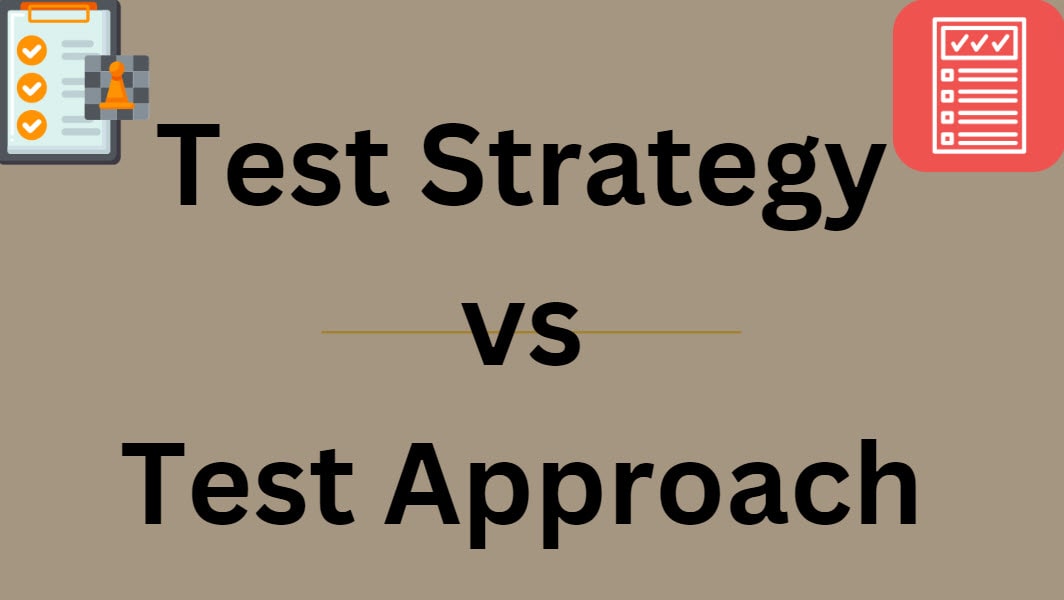In the world of software quality assurance, two terms often come up in discussions: test strategy and test approach. While they might seem similar at first glance, they serve different purposes in the testing process. Let’s explore the distinctions between these two concepts and their roles in ensuring software quality.
Test Strategy
A test strategy is a high-level document that outlines the overall testing approach for an organization or a specific project. It provides a broad perspective on how testing will be conducted and typically includes the below
- Testing objectives and goals
- Scope of testing
- Testing types and levels
- Test environment requirements
- Risk analysis and mitigation strategies
- Resource allocation and responsibilities
- Tools and technologies to be used
- Metrics for measuring test effectiveness
The test strategy serves as a guiding framework for the entire testing process and is usually created at the organizational or project level. It aims to reduce the possibility of missing any critical test activities and ensures that all aspects of testing are considered.
Test Approach
On the other hand, a test approach is more specific and focuses on how testing will be carried out for a particular project or feature. It’s a tactical document that describes the methods and techniques to be used in testing. The test approach typically includes:
- Specific testing techniques to be employed
- Test data requirements
- Test case design methodologies
- Defect reporting and tracking procedures
- Test execution strategies
- Test automation considerations
While the test strategy provides the overall direction, the test approach defines the actual steps and methods to be followed during the testing process.
Key Differences
- Scope: The test strategy has a broader scope, covering organizational or project-wide testing practices, while the test approach is more focused on specific testing activities for a particular project or feature.
- Level of Detail: Test strategies are generally high-level documents, whereas test approaches delve into more specific details about testing methods and techniques.
- Timeframe: A test strategy is typically a long-term document that may be updated periodically while a test approach is created for each project or major release.
- Audience: Test strategies are often used by senior management and stakeholders to understand the overall testing direction, while test approaches are more relevant to the testing team and project managers.
You may also like following the articles below
In conclusion, both test strategies and test approaches play crucial roles in the software testing process. While the test strategy provides the overarching framework and direction for testing activities, the test approach outlines the specific methods and techniques to be used in a particular context.

My name is Madhu, and I’m a certified Test Consultant with more than 16 years of hands-on experience developing and maintaining manual and Test Automation in the Software industry. I have experience with automation tools such as Selenium, Katalon Studio, etc.
